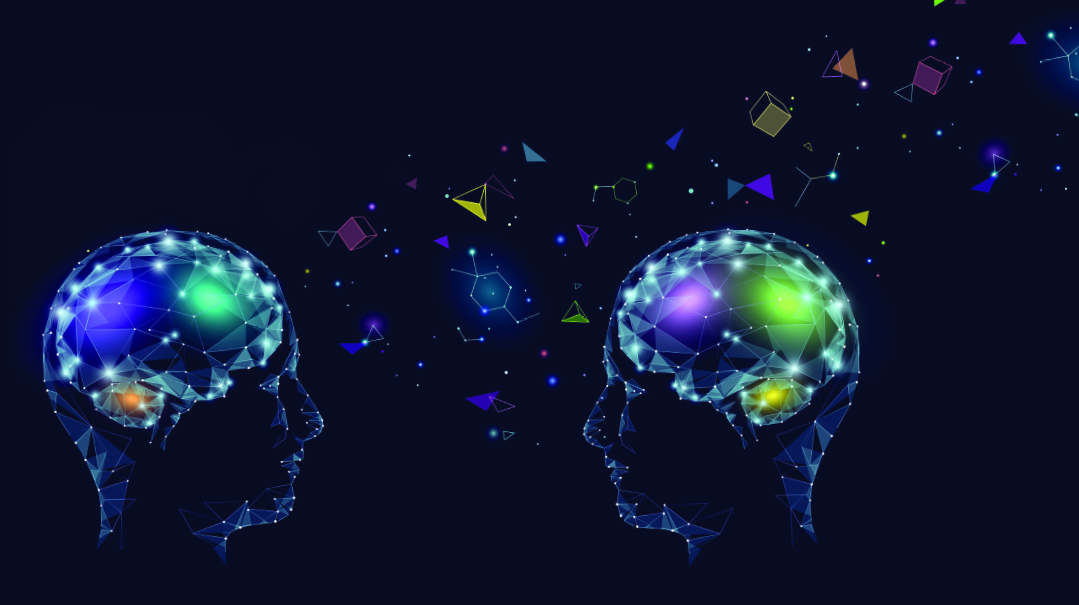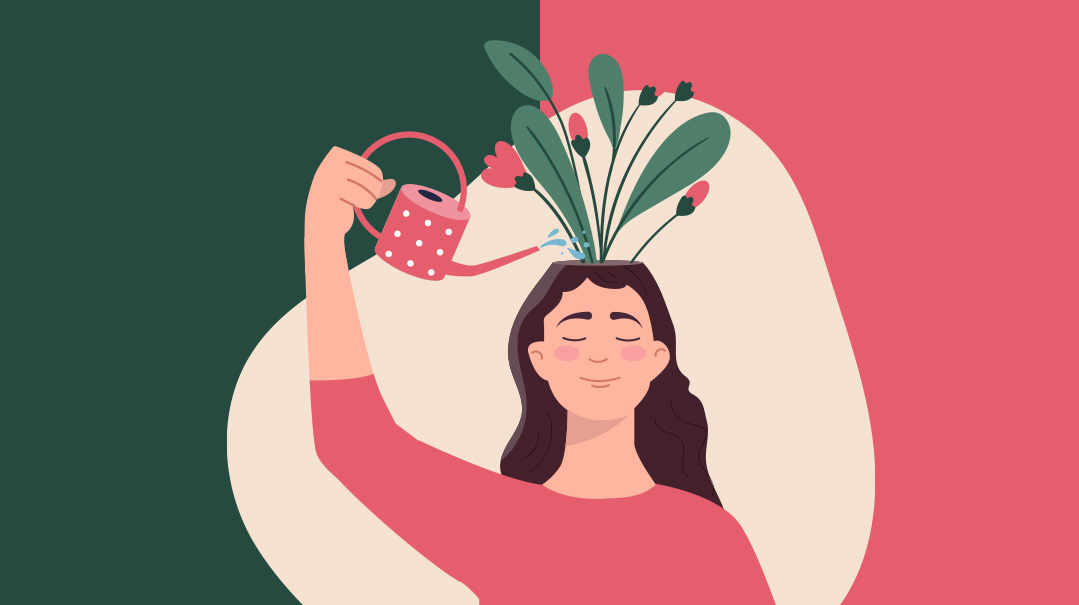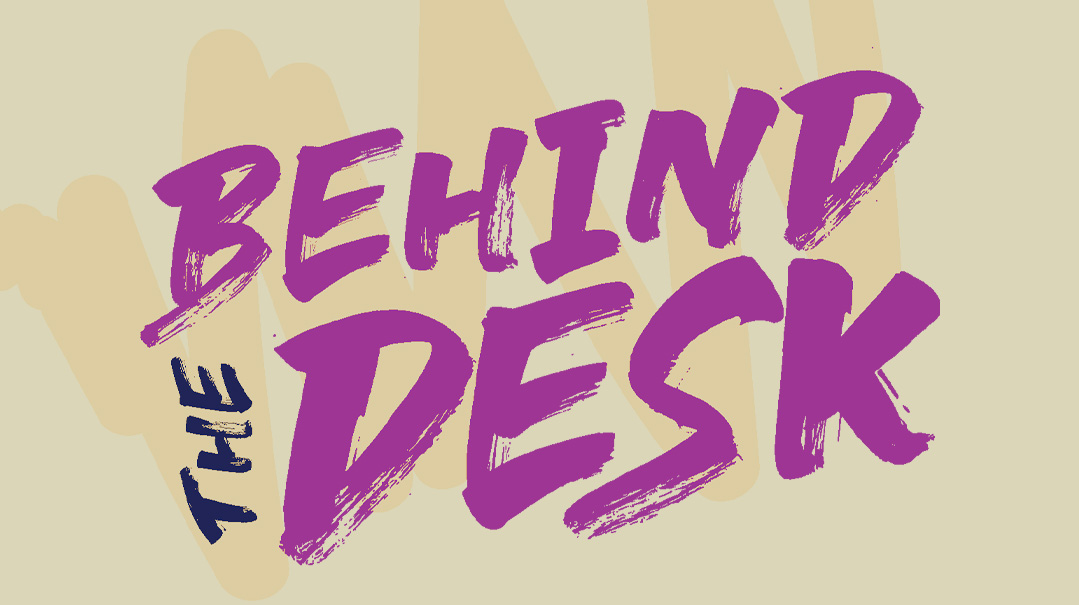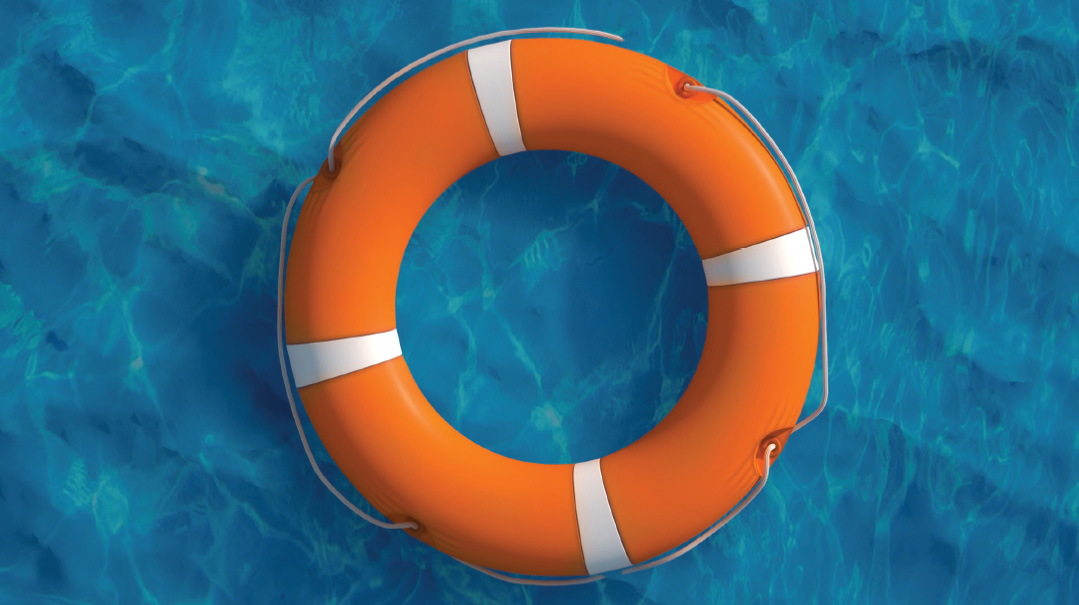Think Right, Think Left
| January 20, 2021Exploring the two sides of brainpower

This is how Leila studies for her history midterm:
She takes out her notes. She reads through them aloud, committing them to memory. She enjoys the logical, step-by-step buildup and she carefully organizes the information in her mind, date by date, to be neatly transferred to the test paper.
Her friend Rikki does things differently.
She, too, takes out her notes. But she also takes out her pens, colored markers, and oaktag. She draws spider diagrams and pictures and imagines what it must have felt like to live through the events they’re describing.
Leila doesn’t understand how Rikki can take in any information when it looks so messy and all over the place. Rikki can’t understand how Leila can memorize individual details without seeing the entire, cohesive, bigger picture.
But it’s simple. Leila’s studying with left-brained techniques. Rikki’s favoring her right brain while she studies. Here’s how it works.
SPECIALTY SIDES
The brain is an amazing organ. It controls thoughts, feelings, actions, sends messages to the rest of the body, and is incredibly complex. But did you know that the two sides (or hemispheres) of the brain, right and left, actually work differently?
The left side of your brain, sometimes known as the digital brain, is the analytical, orderly one. That’s the one you use to decipher language, master reading and writing, and do calculations. Do you ever find yourself thinking aloud? Putting your thoughts into words to help get them in order is a left-brain task.
On the other hand — or the other side — your right brain, sometimes called the analog brain, acts as the center of imagination, emotion, and creativity. Ever felt pulled toward something, or sensed a chill in the atmosphere, that had nothing to do with prior knowledge or logical deduction? Our intuitive skills are honed by the right side of the brain. So are skills in art, music, and even daydreaming!
WHICH SIDE ARE YOU ON?
It’s easy to follow why some people will label themselves as “right-brained” or “left-brained.” Zehava, who prides herself on her organization and methodical lists for every part of her life, would be considered a left-brainer, while her sister Michal, a creative, artsy soul with a wild imagination, would be called right-brained.
Actually, though, none of us are all-or-nothing when it comes to the sides of the brain. The two hemispheres of the brain are joined by bundles of nerve fibers, which act as a “highway” to transmit information back and forth. The right brain and the left brain might specialize in different things, but they’re great at teamwork; they collaborate and complement each other. In fact, most things we do — including deciphering the letters and words on this page, and understanding the article — combine functions of the left and right brains, so that they’re both actively involved in the process.
Sounds complicated? It’s not really. Take the act of having a conversation. Hindy and Esther are discussing plans for winter vacation, and Hindy tells Esther about the trip she and her sisters plan to take.
“Lucky you,” says Esther. “I’m staying home and reading TeenPages all vacation long.”
Understanding the words themselves — language and verbal skills — is a left-brain activity. But how will Hindy figure out if Esther’s joking, or if she sounds jealous or bitter about her lack of plans, or if she’s actually quite happy to be staying out of the cold weather and curling up with her favorite magazine for a few days? Yup, that’s her right brain at work, interpreting the tone and context — and maybe her “big-picture thinking” about everything else she knows about her friend — to help her figure it out, and continue the conversation.
It works the other way round, as well. Imagination is the domain of the right brain, but a good storyteller needs to have a sense of order and sequencing to plot a story that actually makes sense. Otherwise, we’d just get lost in the vivid description and imagination, only to realize that the story began in 1952 and ended before World War I… you get the picture.
Still, it’s a help to know which of the two types of thinking comes more easily to you. Let’s go back to Rikki, our right-brain thinker from the beginning of the article.
School used to be a real struggle for Rikki. She found it hard to follow logical progression and couldn’t understand how different things that the teachers spoke about all fit in to the bigger picture.
When Rikki learned about right-brain/left-brain thinking, it was like a light bulb went on in her mind. No wonder she struggled with following sequences and with applying mathematical rules. No wonder she kept getting in trouble for doodling or daydreaming in class. No wonder she enjoyed art and music lessons but kept flunking other subjects. It was because so much of what they learned in school was taught with methods that favored the left brain.
Rikki took a brave step: She made a study plan that included many right-brain techniques, like drawing pictures or writing songs about the subjects taught in class, and creating large mind maps that could encompass all the information on one page, and she approached her mechaneches to get permission to take notes “her way.” Rikki’s teachers were impressed with her perseverance, and encouraged her to try it out. Now, Rikki finds school and learning so much easier — and even fun!
CROSSING THE DIVIDE
Not everyone’s thinking patterns are as extreme as Rikki’s. In fact, ideally, we want to achieve a balance between both sides of the brain, where we can use the skills from each side as needed.
Here’s an experiment to try: Take a pen in your nondominant hand (the one you don’t generally write with) and try to write a few words. To make it even harder, take a ruler in your other hand (your stronger one!) and underline what you’ve just written, using the ruler. Quite a challenge, huh?
What’s interesting to see is that, while we all know that most people have a dominant hand that’s stronger — and that’s why we favor it for tasks like writing and using scissors — our less-dominant hand also has its strengths, like holding the ruler straight for our dominant hand to draw against. It’s their ability to work together that allows us to write and underline neatly!
So although you might feel like one side of your brain is more “dominant” and natural for you to use, in fact you’re actively using both at any given time. And that’s why working on strengthening the “less dominant” way of thinking will end up boosting your brainpower all around.
There are also many exercises out there that help connect the left and right sides of the brain by strongly activating those connections between them. The more the two sides can work in harmony, the better your thinking skills will be — it will help your brain to work in a more focused, deep, and powerful way. Lots of mathematical puzzles — especially the word or story ones that involve comparisons or estimating — are great for strengthening the hand-in-hand partnership between your right brain and left brain. So’s pretty much anything involving imagination. Painting or drawing is a creative pursuit, but using your mathematical left brain to work out proportions makes it a wonderful exercise as well.
So, is Leila actually left-brained and can Rikki claim to be right-brained? Well, not exactly. But they can both continue to play to their strengths and learn in the way that works best for them, while working on strengthening and activating the less-preferred patterns of thinking — to keep on growing, and maybe even surprise themselves with new skills and strengths that they’d never have known they had.
Right or Left? Discover which side of the brain YOU use most with this short quiz.
Circle the answers and calculate your score to find out.
1. Which of the following statements do you relate to more?
a. Why should you do what someone else did when you can create your own method that’s completely unique?
b. Tried and true works best for you.
2. To you, a good plan is…
a. Something that encompasses the bigger picture (you can work out the details later).
b. A neat list with a logical order.
3. When you’re baking, you…
a. Adapt the recipe to suit your needs and ideas, and enjoy decorating your creations.
b. Follow the recipe exactly and love when it comes out looking identical to the picture in the magazine.
4. Which of the following statements most accurately describes your bedroom?
a. Lived-in! You clean up when you need to (or when your mother insists on it…).
b. A place for everything, and everything in its place. You organize your stuff by category, size, and usage (and sometimes your sister’s stuff as well…).
5. Your locker at school is usually…
a. Changes by the day and is decorated with a variety of catchy slogans, fun stickers, and doodles.
b. Exactly how you arranged it on the first day of school.
6. You have two assignments due and a test to study for. What’s your preferred homework method?
a. Do a little of this and a little of that. Eventually you’ll complete them all (hopefully!).
b. Prioritize, and do each assignment from beginning to end before beginning the next.
7. When you write a report, you:
a. Jot down ideas as they occur to you, and work from inspiration. (Your ideas are usually pretty good, and you get extra points for originality every time!)
b. Research the information thoroughly, refer back to your teacher’s suggested outline, and write the report.
8. You’re chosen as head of a chagigah, with a team of girls to direct. How do you organize the event?
a. You let everyone choose what they want to work on, offer them ideas, and deal with problems calmly as they arise.
b. You make detailed lists, appoint different girls to different committees, and follow up every day or two to make sure they’ll all be ready on time.
9. It’s your first day at camp, and you’re trying to get to know lots of new people all at the same time.
a. You might not remember names, but you’ll never forget a face — the cute girl next to you on the bus, the tall waitress with an interesting accent….
b. You learn names easily but don’t necessarily remember which of the married staff members is the nurse, which is the cook, and which one runs the office.
10. It’s Chol Hamoed and your entire family is arguing what to do and where to go. What annoys you most?
a. The sister who wants to create a detailed itinerary and lists with jobs (apparently, you’re in charge of snacks and music for the car ride).
b. The sister who can’t make up her mind where she wants to go and if she’ll be joining, or whether she can drive one of the cars, or what time would be best to set out.
How did you score?
More “a” responses: You favor a right-brained approach to life. You’re creative, enjoy the arts (music, art, drama), and have a great imagination. You’re flexible and spontaneous, able to handle situations as they arise, and don’t mind doing things differently than everyone else.
More “b” responses: You use the left, logical, side of the brain to get things done efficiently and in an organized manner! You’re good at rational thinking exercises, math and science, and anything involving logic and step-by-step planning and thinking.
Pretty much balanced between the two? That’s incredible — you clearly have integrated the skills of both sides of the brain and know how to choose what works best depending on the situation.
Boost Your Brain: tried-and-true techniques to exercise and strengthen “the other side of the brain”
Want to activate your less-dominant brain? Here are some exercises to try. If you identify strongly with left-brain thinking, try the right brain exercises — and if you’re a die-hard right-brainer, give some left-brain exercises a go. You might be surprised how much fun it is to try using your brain in a different way!
Left-Brain Exercises
-A puzzle a day…. Yup, those Sudoku and crossword booklets will go a long way in boosting left-brain powers and help with developing logical thinking techniques.
-Learn a new language! Since the left side of the brain is responsible for reading, writing, and speaking languages, learning to communicate (or, let’s be real, learning a few words and phrases!) in a new language will stimulate the left-brain powers and give them a real boost.
-Solving riddles and brainteasers are a great way to sharpen those left-brain thinking skills. There are lots of great books of brainteasers out there; buy or borrow one and enjoy the challenge!
Right-Brain Exercises
-Stimulate the right side of the brain by using the left side of the body (confusing, I know!) Here’s one activity to try: Take a pen in each hand. Write a question with your right hand and answer it using your left hand. (Most people’s dominant hand is the right hand. You can do it the other-way round if you’re left-handed!)
-Don’t worry if the writing isn’t neat. The main thing is, it really gets the “other side of the brain” in gear!
-Thought that matching game was for little kids? It’s actually one of the best ways to stimulate the right side of your brain, through visual and facial recognition. Toss out a box of those cards, facedown, and time yourself to match them up (but make sure to only turn over two cards at a time! No cheating!).
-This one might sound funny, but apparently it works! Since using the left side of the body activates your right brain, close your right nostril and try to breathe normally through your left one. This exercise may actually increase your creativity in the long term!
Did you know?
Emotions are handled by the right side of the brain. That excitement when you opened this TP? Yup, it’s the work of your right brain!
Did you know?
The right side of your body is controlled by the left side of your brain, and vice versa!
Did you know?
More people favor “left-brain thinking” to right. Right-brainers, you’re unique!
(Originally featured in Teen Pages, Issue 845)
Oops! We could not locate your form.







